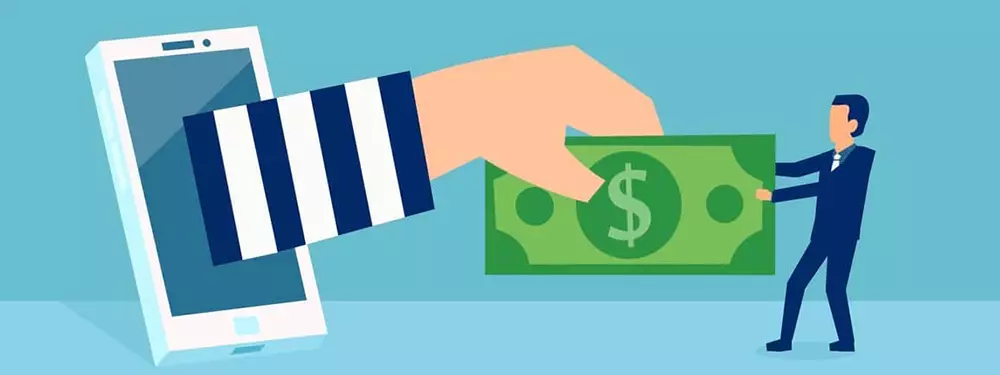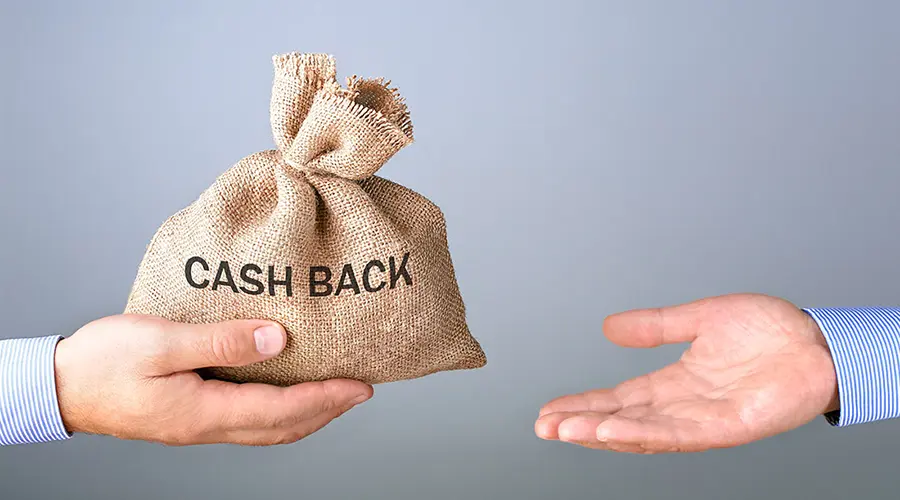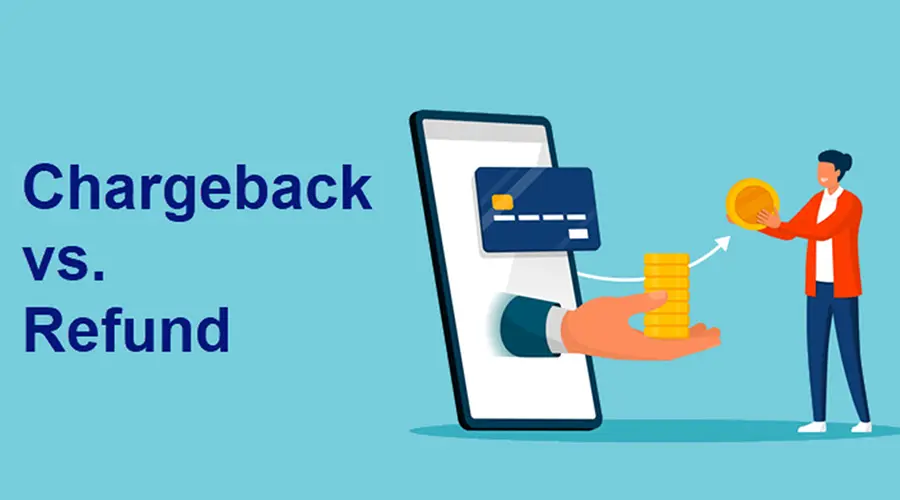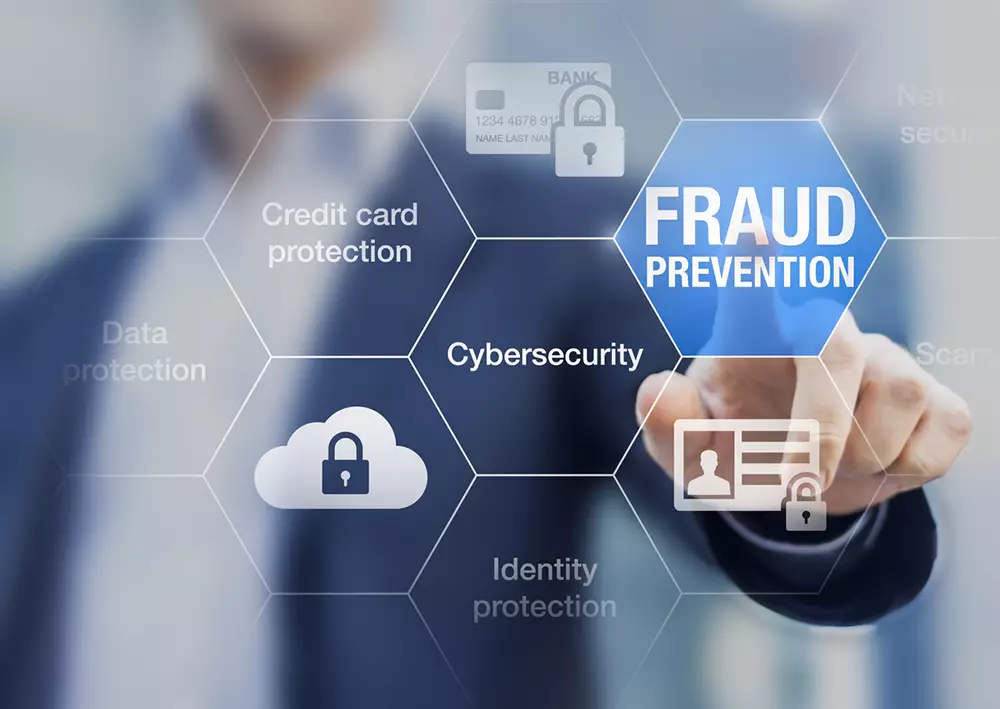Protecting your finances: navigating P2P payment app scams

In the modern digital landscape, peer-to-peer (P2P) payment apps like Apple Pay, Google pay, Zelle, Venmo, and Cash App have revolutionized the way we exchange money among friends and family. These platforms offer speed and convenience, but unfortunately, they have also attracted the attention of scammers seeking to exploit unsuspecting users. This article explores the growing concern of P2P payment scams, delves into real-life cases of victimization, and provides actionable tips to enhance your financial security.
Understanding the rise of P2P payment scams
Recent reports from the National Consumers League (NCL) have highlighted a concerning trend: scammers are increasingly capitalizing on the trust associated with P2P payment systems to execute fraudulent schemes. The appeal of quick transactions and user-friendly interfaces often blinds users to potential risks. These scams range from counterfeit product sales to intricate pet adoption hoaxes. Regrettably, recovering lost funds sent through P2P transfers is exceptionally challenging.
Navigating the complex landscape of P2P scams
An illustrative example involves unsuspecting consumers falling prey to enticing online advertisements, such as French Bulldog puppies for sale. Scammers manipulate users into making payments via P2P platforms like Zelle or Venmo, promising prompt product delivery. After the initial payment, victims are coerced into making additional payments under the guise of unforeseen fees, insurance costs, or other fictitious charges. Predictably, the promised products never materialize, leaving victims with financial losses and a sense of helplessness.
Proactive Measures to Mitigate Risks
To shield yourself from the perils of P2P payment scams, adopting a proactive stance is paramount. The following practical strategies can significantly diminish your vulnerability:
- Prioritize trusted vendors: P2P platforms are ill-suited for purchasing products. Legitimate online retailers rarely require payments through these channels. If a transaction necessitates a P2P transfer, exercise vigilance and validate the transaction's authenticity.
- Confine transactions to trusted contacts: reserve P2P systems for transactions with known individuals, such as friends, family members, or regular service providers. These platforms are designed for seamless exchanges among familiar connections.
- Thoroughly validate payment recipients: take meticulous care when entering recipient details, ensuring accuracy in email addresses, usernames, or phone numbers. A simple error can result in irreversible fund transfers.
- Strengthen security protocols: capitalize on available security features, such as setting up a personal identification number (PIN) for app access or transfers. These supplementary layers of security reinforce your defenses against potential breaches.
Learning from real-life experiences
Real-world cases underscore the importance of vigilance and awareness in the face of P2P scams. One instance involved a seller who accepted a P2P payment on Venmo for a camera sale, presuming its similarities to PayPal. However, the seller later discovered that Venmo's rules explicitly forbid commercial transactions. Despite receiving an apparent payment, the seller found themselves empty-handed and without recourse.
Conclusion
As the popularity of P2P payment apps surges, the risk of falling victim to scams grows in parallel. To safeguard your financial interests, exercise caution, adhere to platform guidelines, and limit transactions to trusted contacts. Recognizing the nuances of P2P systems and their associated risks is vital for preventing financial losses and upholding the integrity of your digital transactions in today's interconnected world.







